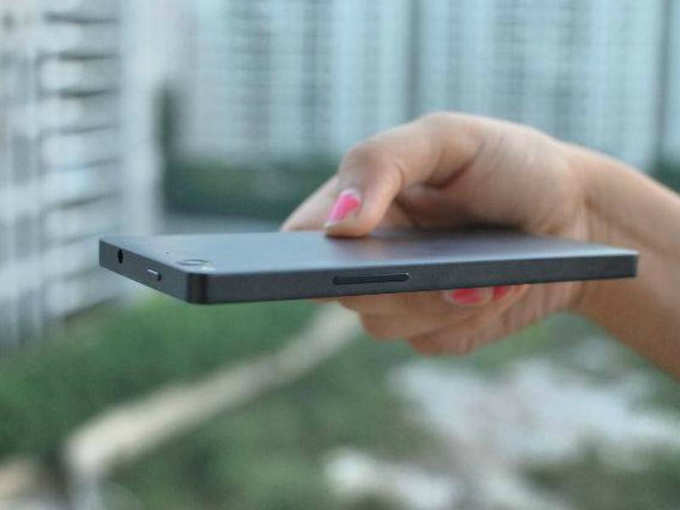
Rewind to 3 years go-It was the summer of 2013 and suddenly smartphone makers were slimming down the width of their phones. The lighter a phone felt in hand, the higher was the style quotient. While home bred brands like
It was enough to bring some twist to the market, which was still exploring screen size and sound quality. While exploring hyper-human features was definitely a part of the R&D of phone makers, slimming down phones became a trend. Soon after,
But soon after they realized, it was all a fad. Slimming down phones can be sexy for a while but those became too thin to handle. People weren’t really keen on using those phones in the long run as most consumers in this sub continent believe ‘thin’ is a delicate thing to handle and the phone may get damaged if it slipped away. Though it was a myth and Gionee’s slim phone was all metal making it tougher but customers didn’t find solace in it.
We asked Gionee’s India head
People these days want more memories, and the slim phones didn’t have any external memory slot. Now, if someone is buying a phone with a 16GB memory capacity, they often realize that space is too low for apps and media. Now unlike other phones there is no way the memory can be expanded. The only way-out for the users then is to delete apps and games and keep the essentials only.
From the manufacturer’s point-of-view, the RF shielding that is compulsory for any phone couldn’t be done easily on these phones, again because of the lack of space. Overheating was another problem that these phones suffer from. Using these phones for longer hours have resulted in abnormal heating of the phone. Because there is not much space inside, the heat that is normally generated couldn’t escape. Moreover the metal bodies would get too heated and result in discomfort for the user.
So what does the future hold?
As the economy and per capita income of people grow the value of essentials increases. There are a few buzzwords of the phone makers that the customers fall for- Full HD and 4K resolution are some of them. However, no matter how technical these terms seem to be, customers are going to judge phones on those parameters.
There hasn’t been any major innovation in mobile technology in the last 6 months. But subtly, the phones have become more functional, batteries are lasting longer, data became faster and the camera is getting better.
Gone are the days when we used to buy a phone just for the phone. Today’s smartphone that costs something above Rs 10,000 competes on camera space, video space and PC space.
Vohra feels the future of smartphone lies on what you enable on your phone. There is a whole parallel ecosystem that is working. Be it shopping, browsing, social networking- there is a larger ecosystem working.
Moreover the free voice scheme is a major disruption being brought by
(Image: Gizmodo)